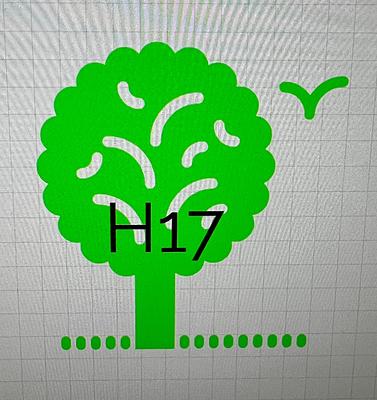East Wretham Heath
Famed for its small lakes, known as ‘meres’, East Wretham is one of the last areas of Breckland heath. The water levels of the meres change drastically as they are fed from groundwater in the chalk below. The meres attract wildfowl when full, and passage waders at lower levels when the muddy edges are exposed.
Purchased by NWT at the start of the Second World War, East Wretham is our oldest Breckland reserve. During the war, the site was ploughed and farmed. Since then, careful management and controlled grazing – particularly by the reserve's numerous rabbits – have restored the open heath habitat.
Today, there are several different habitats to explore at East Wretham. The short, close-cropped grassland is home to many rare species of plants and insects. The old Scots pine plantation is thought to have been planted in the early nineteenth century, around the time of the Battle of Waterloo. These gnarled old trees contrast with the young, regular stands of conifers you often see elsewhere in the Brecks.
Endangered bird species such as nightjar and woodlark breed here. It was one of the few sites in East Anglia where redstart bred.
- Species recorded
- 15
- Visitors
- 2
What you might see
-
Canada Goose
-
Greylag Goose
-
Common Shelduck
-
Tufted Duck
-
Eurasian Coot

